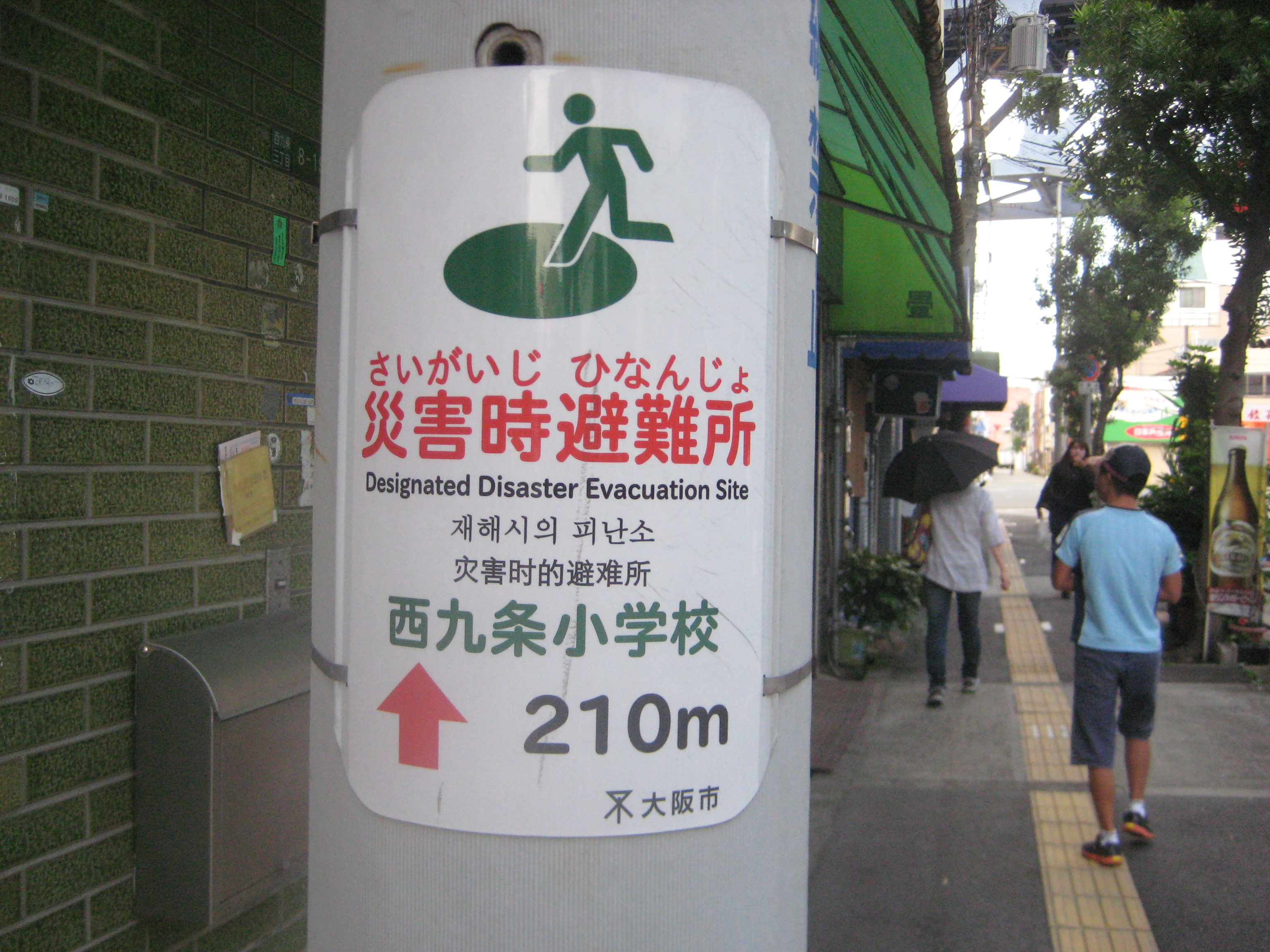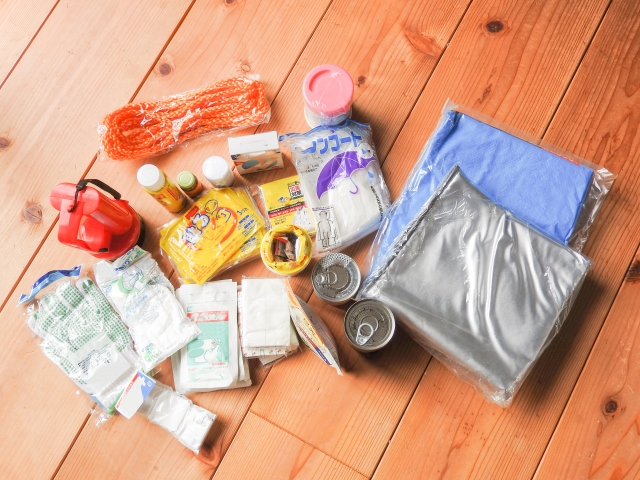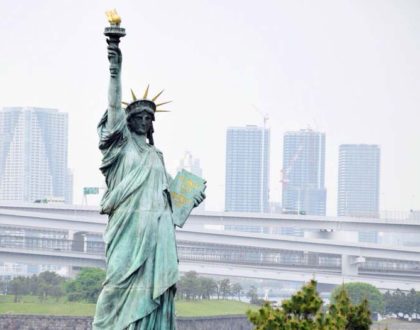How to stay safe during an earthquake

by Madelaine
Most earthquakes in Japan are minor and so frequent, with 1500 per year, that most people just go on with their everyday life. Unfortunately, ever so often a strong earthquake hits.
To stay safe it is important to know what to do.
コンテンツ
Drop, cover, hold!
Wherever you are when an earthquake happens, follow this rule to keep safe.
Get on the ground, hide under a desk or another stable object and find something to hold on to. If you are outside, take your bag or whatever you can find to protect your head.
Also, stay away from windows (they are likely the first to break) and other items that might fall on you.
At home
If you are at home when an earthquake hits, turn off the gas and open doors and windows (while you are at it, cut the electricity too). This is to prevent fires and to make sure that you have an exit route to get outside once the earthquake stops.
Get out of bathrooms immediately. There usually are things that can break and fall, or you might get trapped.
Wear shoes or socks and find the closest safe spot. It is often recommended to get under a desk, but if you can, try to move to a place where there is no danger of falling objects and with a stable construction, such as the entrance. Wherever you are, take a pillow or something to cover your head.
Outside
At train stations, shopping centers and similar places, the staff will be guiding everyone to a safe place after the earthquake, so follow their advice.
Pillars away from anything that might scatter are a good spot to keep safe. Especially if you are in a train station, stay close to pillars and away from the tracks.
If you are outside on your own, find a wide, open space or a new looking (probably earthquake-resistant) building. If in doubt follow locals around you.
Wherever you are, stay calm to stay safe.
In case of fire
When a fire occurs cover your nose and mouth with a handkerchief. Stay calm, don’t hurry, and go outside after the shaking has stopped. If or once you are outside, evacuate to a park or another large open space.
Tsunami
Near the coastline the earthquake may cause a tsunami, so avoid the coast and find higher ground. Disaster prevention apps and radios, as well as police cars will warn you if a tsunami is expected.
After the quake
Be aware that there might be another earthquake. After the first shock is over, go to a designated emergency evacuation shelter, written 指定緊急避難場所.
How to prepare
You can take simple steps to prepare for earthquakes. One of them is sitting down with your close ones, and agree on a meeting spot and way of contact in case of an emergency. Just as during the Tohoku earthquake in 2011, you might get stuck somewhere, but arranging for it in advance will help you find each other a little sooner.
Home
Every earthquake up to an intensity of 3 is unlikely to cause any bigger disturbance, as long as you follow some basic advice.
To be on the safe side, don’t have things up high that can and will fall in case of an earthquake and secure them to the walls. You can also get special mats to prevent things from slipping. Over 80% of all deaths during earthquakes seem to happen at home, by being trapped under furniture, so these are measures worth considering.
To prepare for the worst case, always have bottled water for three days (9 liters) and non-perishable food at home.
Evacuation
Know where the evacuation areas are around your house, work or school.
If you leave your house during an emergency have a 非常持ち出し袋 (emergency bag) ready, stored in your entrance or another place you can get to easily in a rush. Ideally, prepare a fire-proof bag you can carry on your back containing the following items:
- ✔ Bottled water
- ✔ First-aid kit
- ✔ Flashlight
- ✔ Non-perishable foods, including high-energy sweets
- ✔ Wind-up radio (with blackouts you might be offline)
- ✔ Batteries
- ✔ (Dust) Masks
- ✔ Basic personal hygiene items like wet towels etc.
- ✔ Local Map
- ✔ Sleeping Bag
- ✔ Rope
- ✔ Insulation sheet
- ✔ Sturdy gloves
For more information see Tokyo Bousai.
Early Warning Apps
From earthquake-proof buildings, yearly emergency drills at schools and early warning systems, Japan is working on various ways to protect people from earthquakes.
These two apps will alert you when something is going on, and provide emergency advice.
Yurekuru Call
Yurekuru Call will warn you of earthquakes and tsunamis. You can check the intensity of the earthquake and submit a safety confirmation through the app. The app also offers information about disaster prevention. With many pictures, it is easy to understand.
Yurekuru Call for iPhone
Yurekuru Call for Android
Safety tips
The Japan Tourism Organization launched an English app in 2014. The app will notify you of any earthquake in Japan with a seismic intensity of 4 (on a scale of 0-7 in Japan). The app also provides alerts for other emergency situations like tsunamis, volcanic activities, weather warnings, and in cases of extreme heat and civil protection issues.
It also comes with evacuation advice and basic phrases in Japanese that can be helpful in emergencies.
Safety tips for iPhone
Safety tips for Android
These are the essentials you need to stay safe. May all you ever experience be a slight swaying.
Recommended Posts

May Sickness: A Japanese Phenomenon
10 5月 2021 - Daily Life, Life




